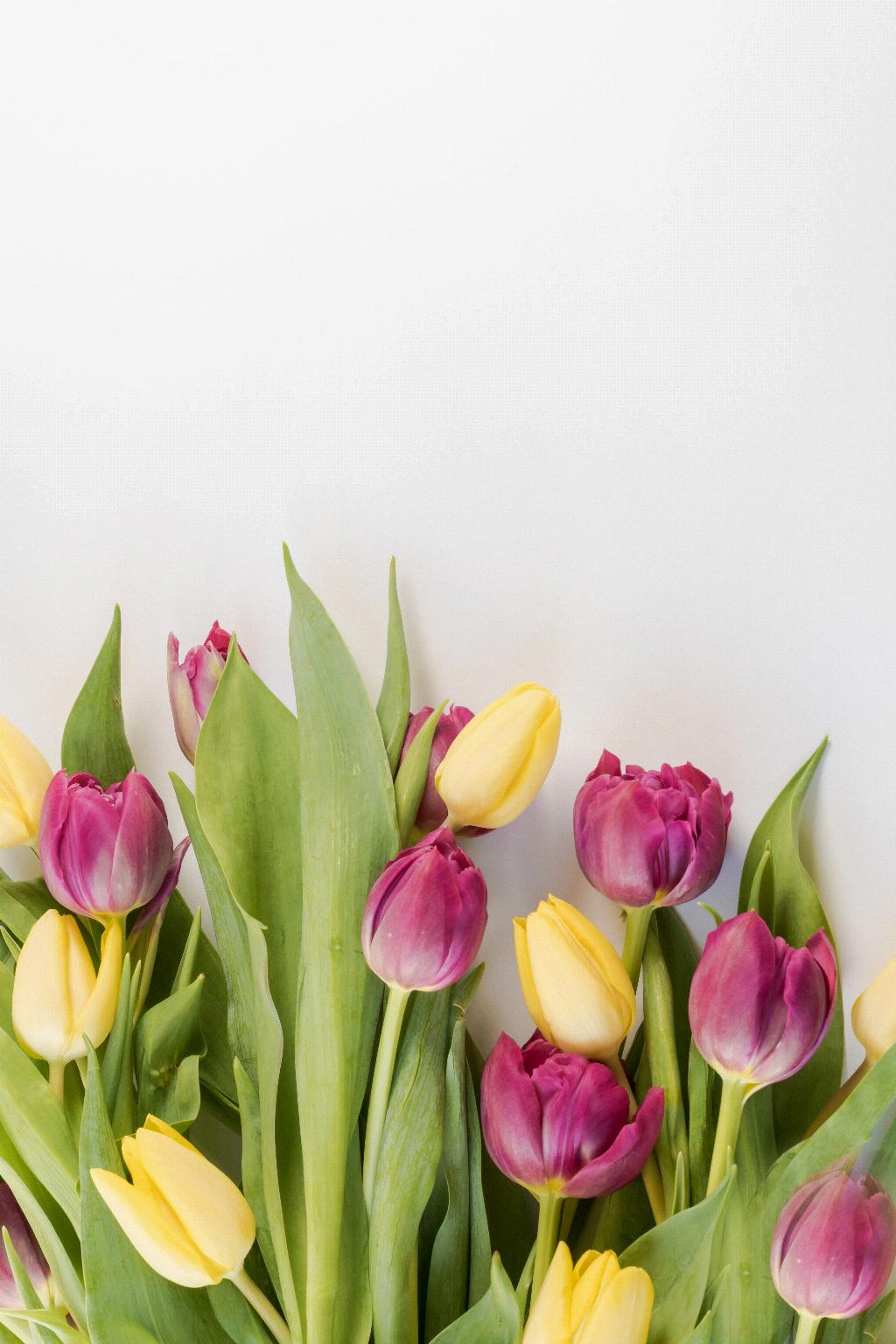When exploring the fascinating world of tulips, one may come across the intriguing question – do tulips open up? The answer lies in the intricate dance that tulip flowers perform in response to their environment.
The Opening and Closing of Tulip Petals
Tulip flowers have a remarkable ability to open and close in reaction to factors such as heat and light. When the petals fold in at night or during rainy weather, it serves a crucial purpose – protecting the pollen and reproductive parts of the flower.
Protection and Pollination
By closing up in adverse conditions, tulip flowers ensure that their pollen remains dry and their reproductive structures are shielded. When the sun rises or the weather improves, the petals open once again, revealing the pollen that is now ready to be transferred to visiting insects.
The Role of Insects in Tulip Pollination
Tulips have developed a clever strategy to enlist the help of insects in their pollination process. When the flowers open, they expose their pollen, which can then hitch a ride on the bodies of insects that visit in search of nectar.
The Journey of Pollen from Flower to Flower
As insects move among tulip flowers collecting nectar, they inadvertently pick up pollen from one flower and carry it to another. This process of cross-pollination is essential for the genetic diversity and reproductive success of tulip populations.
Adaptations for Efficient Pollination
The opening and closing mechanism of tulip petals is not just a random occurrence but a finely tuned adaptation that enhances the chances of successful pollination. By controlling when they present their pollen, tulips increase the likelihood of attracting pollinators.
Response to External Stimuli
It is fascinating to observe how tulip flowers respond to external stimuli such as changes in temperature and light. This responsiveness is not merely a passive reaction but a dynamic process that contributes to the survival and reproduction of the plant.
The Beauty of Tulip Blooms
Aside from their practical functions, the opening and closing of tulip flowers add to their aesthetic appeal. The rhythmic pattern of petals unfurling and enveloping the central parts of the flower is a sight to behold.
Environmental Adaptability of Tulips
By exhibiting flexibility in their blooming behavior, tulips demonstrate their capacity to adapt to varying environmental conditions. This adaptability is a key factor that has contributed to the widespread cultivation of tulips in gardens and landscapes.
The Symbiotic Relationship Between Tulips and Insects
The mutualistic relationship between tulips and insects highlights the interconnectedness of species in natural ecosystems. As tulips provide nectar and pollen for insects, they receive the vital service of pollination in return.
In Conclusion
In summary, the opening and closing of tulip flowers serve a dual purpose – protecting their reproductive parts in unfavorable conditions and facilitating pollination through interaction with insects. This intricate dance of nature underscores the interplay of adaptation, beauty, and symbiosis in the world of tulips.

